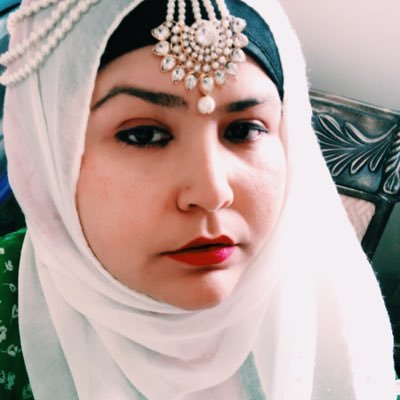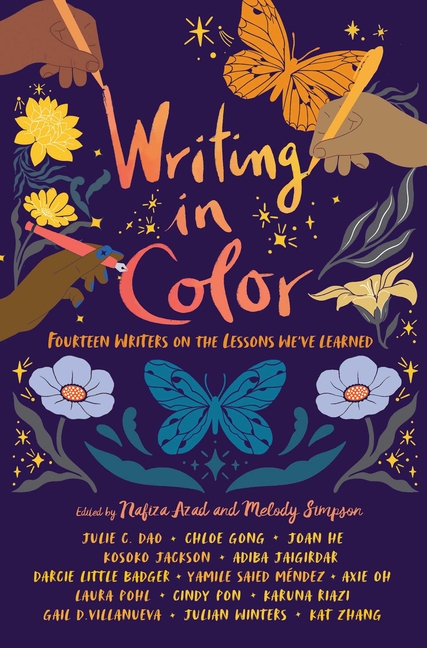
Opening Doors and Lighting Streets
“Why don’t you ever write Korean characters?” That was a question I asked a Korean kid I taught creative writing to.
His answer stunned me and perhaps it will stun you too. Ten at that time, he gave me an oblique look before replying, “I don’t think English has room for people like me.”
I was taken aback at his response. At that time, children’s literature had not become as diverse as it is becoming now and so I blamed the lack of reflections in literature for the way he felt. Thinking back on it, however, I wonder if there was another reason for what he said. What did it mean if he was unable to construct himself in the new language he was being asked to learn? What did he mean by ‘a person like me?’
What would be the repercussions of feeling unwelcome in the language he communicated most often in?
I, too, have a somewhat tumultuous relationship with languages. My mother tongue is Fiji-Hindi which has no written form. Fiji-Hindi is an amalgamation of the many different languages spoken in India (primarily Hindi), words borrowed and reshaped from the native Fijian and the English spoken by the British who brought my ancestors to Fiji as indentured labourers. To make matters more complicated, I learned Arabic, Urdu, Spanish, French, Latin, and most recently Korean. When I am feeling flustered, I respond in a different language than what I was originally speaking in.
For me, constructing myself in any language is a battle because sometimes they all feel like mine and other times, none of them do.
When I started writing in English, I felt like an imposter. Like the kid I taught, I, too, thought that English didn’t have room for people like me but being a contrary sort, I was determined to make room.
It helped that there are several examples of successful writers for whom English, the language they write in, is their second language. I took comfort in their visibility and their success. Tom Stoppard is just one of the many who inspired me. I told myself that rather than being a disadvantage, coming to English as a learned language would allow me to engage with it in a way very different from native speakers.
In the same vein, I started looking for books that spoke about the BIPOC experience where writing and publishing are concerned. To my surprise, no book existed, at least none that I could find, that explored the ways in which BIPOC authors find success, the tribulations they undergo, and the lessons they have learned. The world seemed to assume that experiences of all authors were the same regardless of their background, economic status, race, and culture. I knew this to be blatantly untrue.
I found Craft in the Real World (Catapult, 2021) by Matthew Salesses that spoke of the differences in storytelling, both in the way it is taught and in the way it is done when it comes to BIPOC writers compared to their white counterparts but that was the only one.
Since such a book didn’t exist and I thought it really should, I decided that I would edit an anthology that would collect essays by BIPOC authors that talked about their approach to craft, to storytelling, their experiences and trials in publishing and as authors. I worked with Melody Simpson, my co-editor, to propose Writing in Color (Simon & Schuster, 2023).
Writing in Color is a tremendous achievement, not just for us who created it but for the generations of writers it will comfort and inspire. The essays within discuss topics like perseverance, finding and keeping the joy of writing alive, the imposter syndrome, jealousy, rejections, and so much more.
Our purpose is to help kids who have stories within them. Help them make room for these stories in the language they may not have been born into but are now home to them. We created this anthology with the hope that seeing successful examples of writers who have ‘made it’ will help those to whom the road to writing stories and getting published feels dark. Just like I was inspired by the writers who wrote in English even though it wasn’t their mother tongue, I hope aspiring writers, whether teens or adults, will feel inspired by Writing in Color.
Text and images are courtesy of Nafiza Azad and may not be used without express written consent.


Leave a Reply